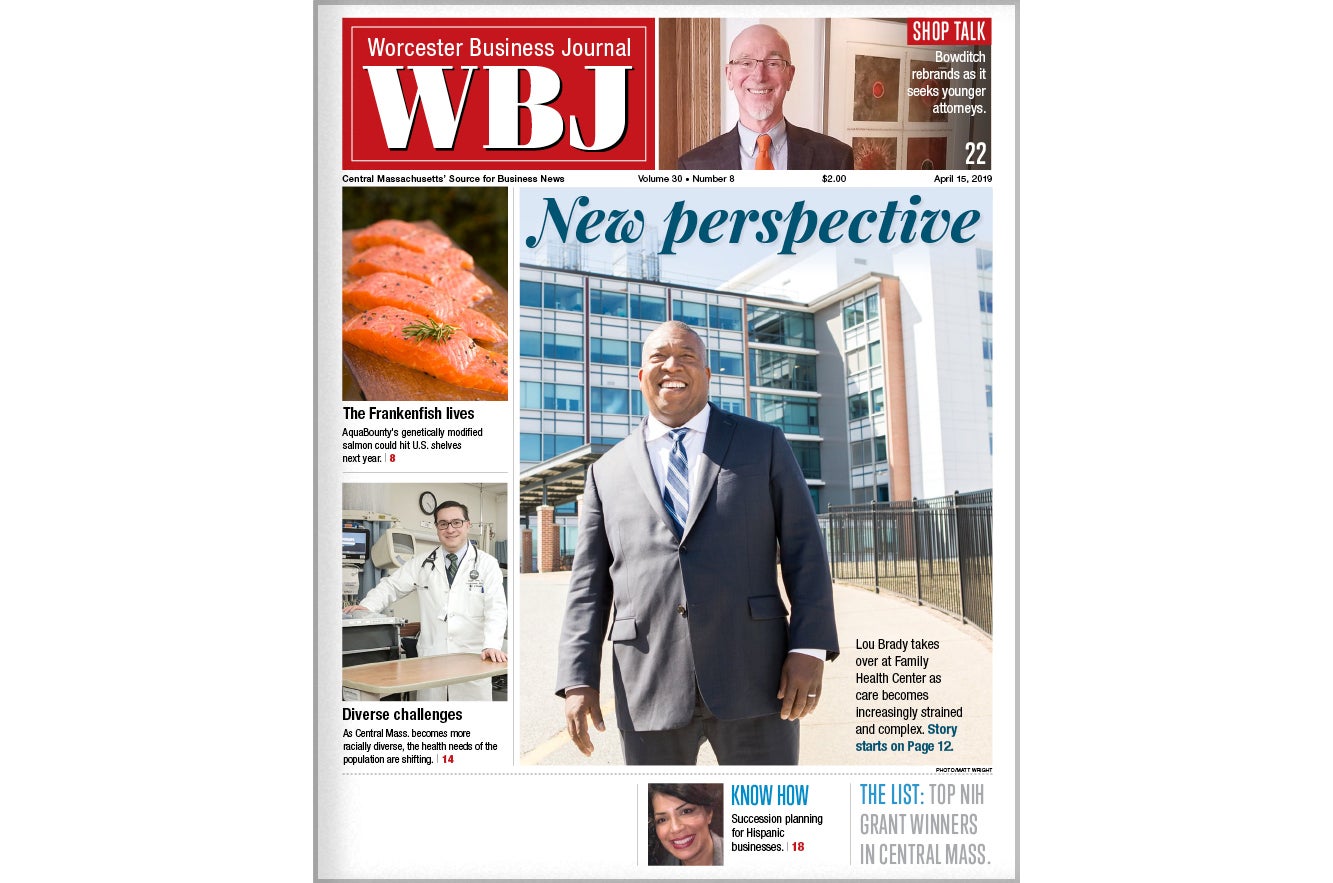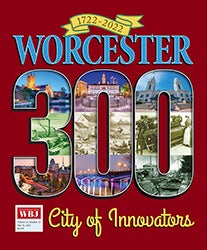Commercial lending market fraught with competition
Business owners are the beneficiaries
The pressures on community banks and credit unions are many and varied.
There's the inverted yield curve messing with bottom lines, and industry consolidation that has bigger banks exerting pressure on smaller competitors. And of course, there's the worrisome housing market, that for now is manageable, but could spell trouble if prices continue to decline.
But there's one more factor causing stress for local financial institutions: competition in the commercial lending market that shows few signs of letting up.
Savings banks traditionally had a major foothold in the residential mortgage business, but independent mortgage companies have given many banks a run for their money.
"That business has really been taken away from us... so a lot of banks are trying to invent a new business by pursuing commercial lending," said Robert Lamprey, president of Framingham Co-operative Bank, which has two branches and about $317 million in assets.
"The only problem is, we're all trying to do it at the same time," Lamprey added.
And it isn't just banks that are getting into the commercial lending act. Credit unions are, too.
A lot of lenders
Locally, Digital Federal Credit Union (DCU) started commercial lending just five years ago. In that time, its commercial lending portfolio grew from zero to $250 million today, according to Stephen K. Mackowitz, vice president of commercial lending for DCU.
Mackowitz, who cut his teeth in the banking world, said the local commercial lending market has been competitive for the "last four or five years, but especially the last couple of years."
While the competition is a headache for bankers, it's likely good news for businesses looking for capital.
"It's a buyer's market," Mackowitz said. "There are still a lot of lenders out there, but not as many people to borrow the money – especially not a lot of good borrowers."
As a result, Mackowitz said, lenders like DCU are having to trim the cut they take on loans – termed in the industry as points – in order to stay competitive.
"In the past, lenders used to be able to get generally at least one point on a deal," he said. "I see that disappearing." Now, many loans are going through with half, a quarter or even no points attached.
With so much money floating around looking for deserving loan candidates, Mackowitz said it boils down to customer service.
"Relationships are very important to most borrowers because oftentimes the deals are very complicated, so they don't want to repeat their story over and over to each lender," he said. "Even if the borrower has to pay a quarter percent more, if they have a good relationship with you, they'll usually stick with you."
DCU has now incorporated "developing commercial relationships" into the goals of each of its branches, according to Mackowitz, in order to keep growing its loan portfolio.
As for Lamprey and other bank presidents, it's a matter of holding off not only larger banks, but credit unions like DCU that are "super aggressive" and that have the advantage of being tax exempt.
"We'd like to think that we're all playing on a level playing field, but we're not," Lamprey said.
The result, said Lamprey, is that many community banks are simply trying to reinvent themselves.
"It's a whole new ball game out there," he said.









0 Comments